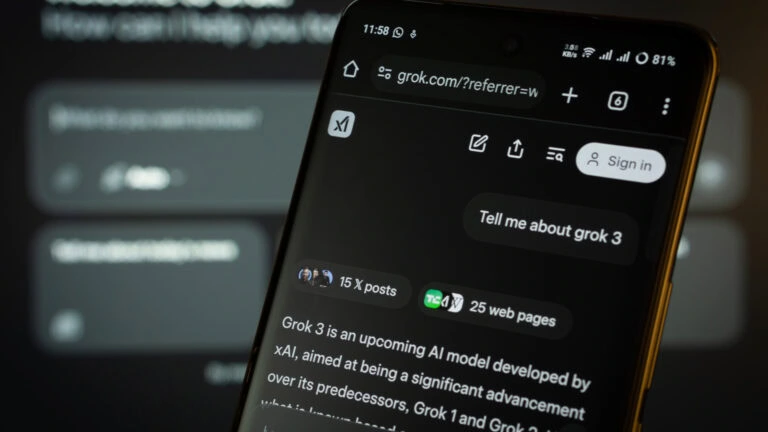Musk provides Grok 3 as an API

Elon Musk has reached an important milestone for his AI company xAI: the in-house language model Grok 3 is now available as an API.

Elon Musk has reached an important milestone for his AI company xAI: the in-house language model Grok 3 is now available as an API.

After massive criticism from the industry, Broadcom is apparently sticking to the previous 16-core regulation.

Nach massiver Kritik aus der Branche rudert Broadcom offenbar zurück und hält an der bisherigen 16-Kern-Regelung fest.

Der US-amerikanische Cornflakes-Hersteller WK Kellogg hat einen Datenschutzvorfall bestätigt, bei dem sensible Mitarbeiterdaten durch Ausnutzung einer Schwachstelle in der Dateiübertragungssoftware Cleo kompromittiert wurden.

Elon Musk hat für sein KI-Unternehmen xAI einen wichtigen Meilenstein erreicht: Das hauseigene Sprachmodell Grok 3 ist nun als API verfügbar.

Das Marktforschungsunternehmens Gartner sagt: Bis 2027 werden kleine, aufgabenspezifische KI-Modelle dreimal häufiger eingesetzt als große Sprachmodelle.

The investment app Trade Republic is struggling with significant outages for the second time in just a few days.

Die Investment-App Trade Republic kämpft zum zweiten Mal innerhalb weniger Tage mit erheblichen Ausfällen.

Union und SPD wollen Telekommunikationsanbieter künftig dazu verpflichten, IP-Adressen für mögliche Ermittlungen drei Monate lang zu speichern. Das geht aus dem Koalitionsvertrag von CDU, CSU und SPD hervor, auf den sich die Verhandler verständigt haben.

Das Vorgehen des US-Technologieriesen Google ist dem Bundeskartellamt schon länger ein Dorn im Auge, es fürchtet um den fairen Wettbewerb. Nun verbucht das Amt einen Erfolg.